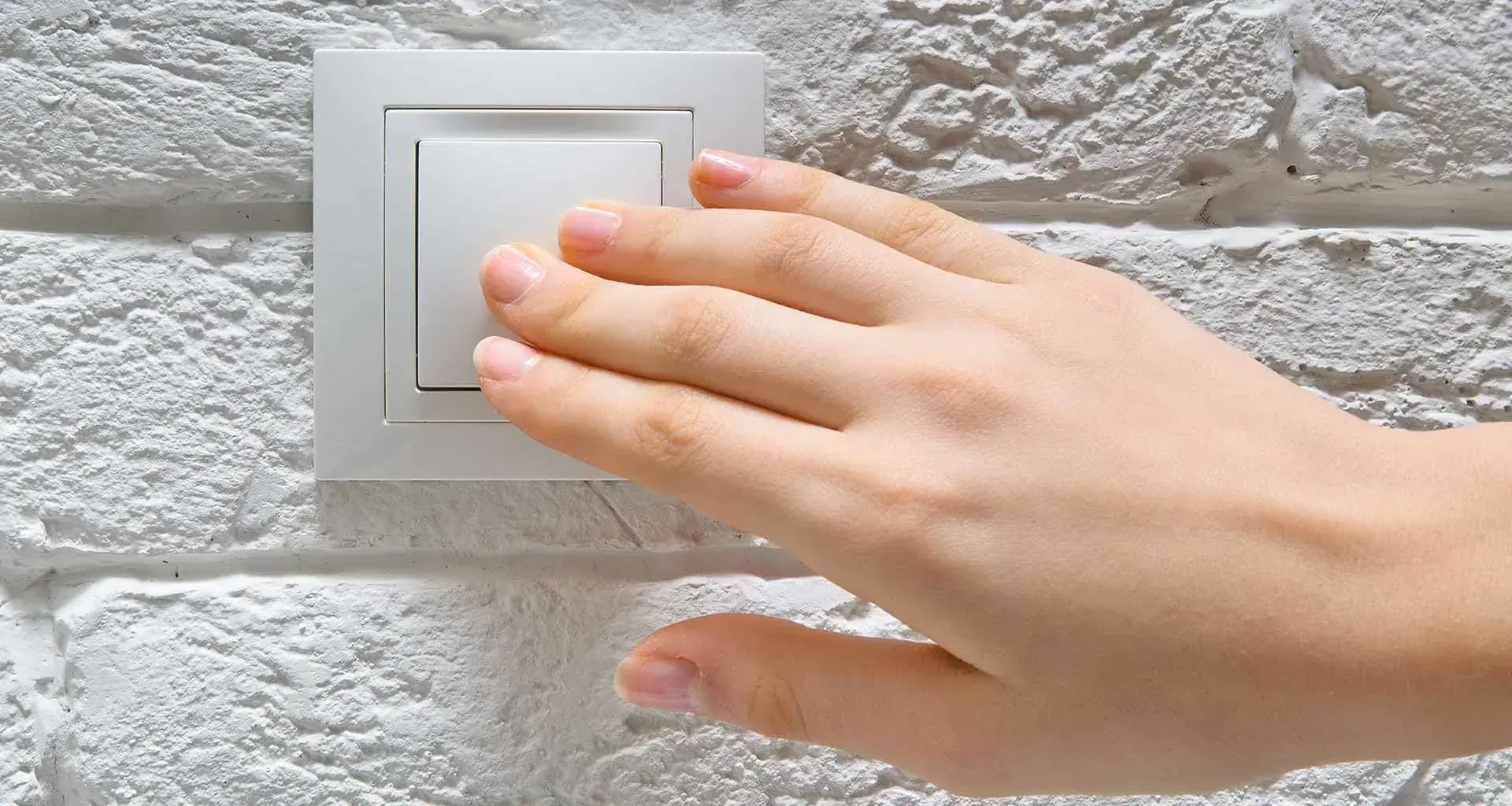Working in collaboration with researchers from the University of California, Product Innovation researchers from Tec de Monterrey’s Mexico City campus have combined smart home devices in order to customize electricity consumption with the help of power-saving interfaces.
Dr. Pedro Ponce and students Juana Isabel Méndez Garduño, Omar Mata, and Adán Medina are carrying out tests to make the project a reality.
“Several studies indicate that how much power is consumed and how it is consumed in the home chiefly depends on human habits,” explained the Tec de Monterrey professor.
How does it work?
This interface obtains information on power consumption when users’ behavior becomes excessively wasteful, while sending them an alert to modify their activities.
Through personalized games and rewards, users also obtain incentives every time they improve their power-saving behavior.
“Technological innovation can undoubtedly create new opportunities for improving efficiency. The thermostats used in 85% of residential buildings are one example of this.
“These represent an opportunity to optimize systems with a high demand for power and electricity. When they are connected to our interface, they can reduce power consumption at maximum load by 10% to 35%,” said Ponce.
The amount of power consumed in the home is normally distributed as follows: refrigerators, up to 30 percent; lighting, up to 20 percent; miscellaneous devices such as televisions, computers, chargers, blenders, microwaves, fans, and thermostats, up to 40 percent; and standby power, up to 10 percent.

This has led to the research needed to improve domestic consumption through technological breakthroughs.
Currently, the project is in the testing phase with users to monitor acceptance, adaptation, and operation in practice outside the laboratory.
The researchers hope to take this technology to the mass market in the coming years.
YOU’LL SURELY WANT TO READ THIS TOO:





